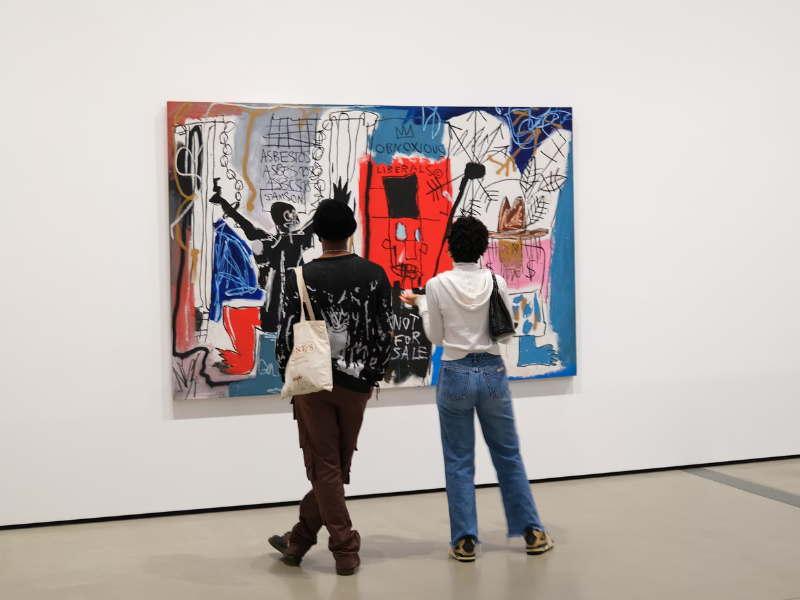When it comes to the complexity of the human mind, as well as the delicate mix of fantasy and abstraction, Joan Miro is on top. Born and raised in Barcelona, Spain, Miro entered the art world as a curious young man and left it as a pioneer of abstract and avant-garde art, with a dedication to working unconventionally and in new ways.
Take a look at the decorative arts for sale on Joshua Kodner Galleries!
Not Always An Artist
Joan Miro’s relationship with art came to fruition as a child in Barcelona. By age 14, Miro was attending business school and art school, eventually getting a job as a clerk. However, this line of work wasn’t for him, and after experiencing a breakdown he decided to go back to art school.
With his family’s approval, Miro enrolled in renowned Spanish artist Francesc Dalí’s art school and met influential art dealer Josep Dalmau who allowed Miro to host his first solo art exhibition at his art gallery. By 1920, Miro had become interested in Fauvism and Cubism and moved to Paris, France to further develop his artistic talents. It was here in Paris that Miro’s career as a bold, innovative artist came to life.
Visit our live catalog for online auction items
A Changing Sense Of Style
Once Miro had arrived in Paris, his artistic style began to change and develop. His piece The Farm was created in 1921/1922 and was a manifestation of Miro’s time in the countryside. This piece of art was crucial to Miro, not only because famed author Ernest Hemmingway purchased it, but because it was the last painting before discovering his artistic niche.
It was after this painting was completed that Miro began his association with Surrealism. By 1924, Miro joined the Surrealism movement and created a series of paintings that depicted his subconscious and dreams. By the 1930s, Miro left the Surrealism movement and went back to representational art. That would soon change again.
Artistic Maturity
Miro’s artistic style would continue to grow and develop, becoming incredibly symbolic and personal, as his native country of Spain became embroiled in political tension. By the beginning of the Second World War, Miro’s artistic style had fully matured. No longer was he held back by the label of “Surrealist”; in a time of censorship and political uncertainty, Miro developed his own artistic personality, working with a variety of mediums, using various signs and symbols, and incorporating birds and women into his paintings.
Miro’s developed automatic style of painting, as well as the use of bold colors and refusal to be tied to any movement, made his work all the more interesting. His refusal to back down, as well as his commitment to originality and automatism and depictions of mental health, led to worldwide fame.
Related Post: Diving into the life of urban graffiti artist and pioneer, John Matos
Purchasing Miro’s Artwork
In the decades after Miro’s death, his influence in the world of abstract expressionists remains untouched. His legacy goes beyond painting and reaches firmly in ceramics, murals, and sculptures. Thankfully, some of his artwork is still available for purchase at certain auction houses such as Joshua Kodner.
For years, Joshua Kodner has been one of the leading auction houses and art sellers of the nation. With invaluable experience in various industries, Joshua Kodner is committed to selling the best antiques and art available. To browse Miro’s artwork or to shop any collection, please check out our site.
Make sure to check out our blog for the latest industry news and trends. Contact our team for more information.




